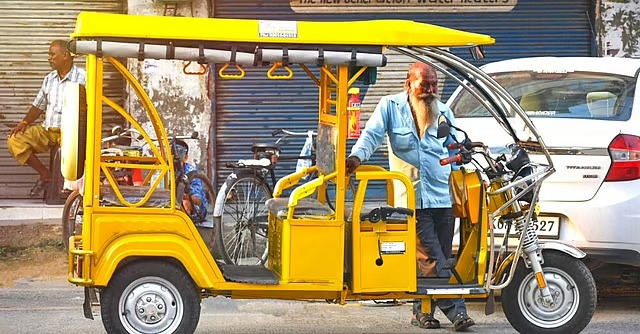Norman Macleod, Kt., C.J.@mdashThis was an application by the judgment-debtor to have an auction sale held by the Mamlatdar of Hangal set aside under Order XXI, Rule 89, on the ground that he had deposited in the Mamlatdar''s office Rs. 154-12-10, including five per cent of the purchase money, and had applied to the Maralatdar to set aside the sale that was held on the 15th April 1915, but was referred to the Civil Court, As the Court was closed and reopened on the 19th May, the period of limitation expired on the 19th May, but the application was not made until the 13th July. It was then argued that the application to set aside the sale made to the Mamlatdar was an application to the Court, and that therefore it was within time. The trial Judge disallowed the application, and this order was reversed on appeal mainly on the authority of Mathuji v. Korbdaji (1905) 7 Bom. L.R. 263 where it was held by the Court that the application and deposit to a Revenue Officer should be looked to on the question of limitation. That decision was u/s 310A of the CPC of 1882, and the learned Judges thought that having regard to the words of that section the essential fact upon which the action of the Court was to depend was the deposit within thirty days, and not the fact that the application was to have been made within that period. But now the period of limitation for an application to set aside a sale is transferred from the CPC to the Limitation Act, and it is expressly provided that such an application must be made within thirty-days from the date of the sale. It has been argued that the Collector or the Mamlatdar or the Revenue Officer executing a decree comes within the definition of the word "Court," so that this application was made within time. Now it is obvious that the Revenue Officer under the rules passed u/s 320 of the old Code, which are still in force, has no power to consider an application to set aside a sale. If the application be made to the Collector or other officer within the time limited by law, then he should refer the applicant to the Civil Court. That, as I read Rule 17 of the rules, means that the Collector or other officer cannot be considered as a Court within the meaning of Order XXI, Rule 89, or the corresponding Section 310A of the old Code, and therefore the judgment-debtor who presents his application to the Collector cannot stop limitation running against him unless after having been referred to the Civil Court he presents his application there within thirty days. He is not protected by Section 14 of the Limitation Act which only excludes time during which a party has been prosecuting with due diligence another civil proceeding whether in a Court of first instance or in a Court of appeal against his opponent. But I see no hardship in this It is quite clear that the application to set aside the sale must be made to the Court. The party desiring to make that application has thirty days within which to make it. If he makes it to a Collector or a Revenue Officer so shortly before the period of limitation expires that he has no time to go to Court, then that is his own fault. Here in this case there is no hardship whatever. The judgment debtor had over a month in which to present his application to the Court after he had been referred to the Court by the Mamlatdar, and he did not choose to present his application until July. In my opinion, therefore, the order of the lower appellate Court was wrong. We allow the appeal, set aside the decree of the lower appellate Court and restore that of the trial Court with costs.
Heaton, J.
2. I agree. Primarily an application under rule 89 of Order XXI of the CPC must be made to the Court. The application in this matter was undoubtedly made to the wrong person in the first instance, and not made to the court until long after the time allowed; unless the Collector or the Mamlatdar can be regarded as authorized to receive such applications on behalf of the Court. We are asked to infer such authorization from Rule 17 of the rules. It seems to me this rule can best be read as meaning that the Collector should not receive applications, but should return them to any one presenting them to him with an intimation that the persons presenting them must go to the Civil Court. On that interpretation of Rule 17 it follows that this appeal must succeed, and I agree with the order proposed.

